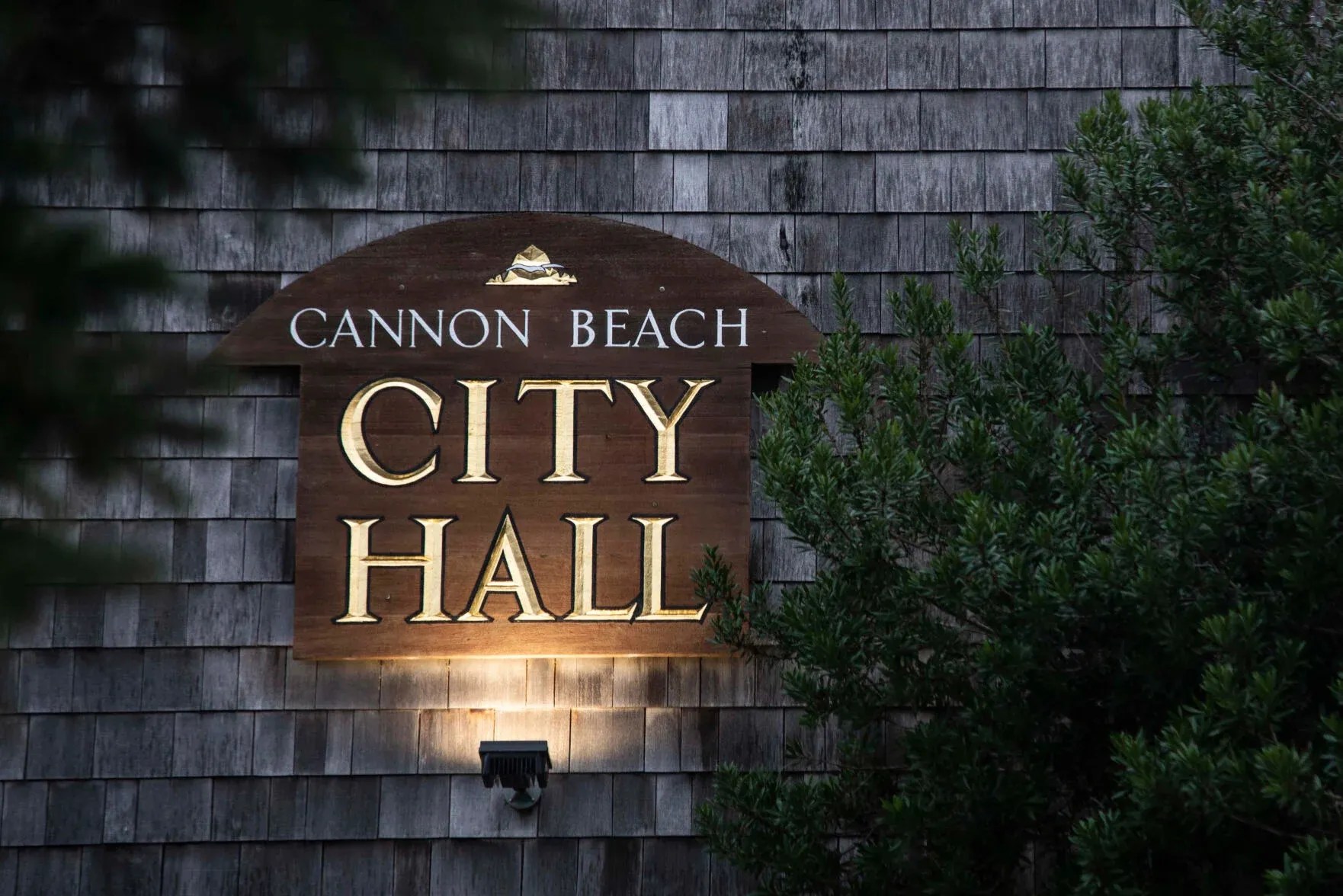Transformed Liberty Theater is no longer a ‘restoration project’
Published 5:00 pm Thursday, March 27, 2008
It took a decade and nearly $7 million to set the stage for a performing arts center at the Liberty Theater.
Through tireless fund-raising and grant-writing efforts and countless contributions from volunteers, Liberty Restoration Inc. labored to bring the historic theater in the center of town from rags to riches.
Now, leaders of the nonprofit say they’ve reached a new milestone.
With the lion’s share of the restoration complete, the Liberty is, at long last, an operating theater.
Since the curtain went up on the refurbished stage in 2005, the venue has flourished, drawing nearly 150 events over the 2006-07 season.
The palatial performance hall dazzles audiences with its vaulted ceilings and majestic chandeliers, its classical columns, intricate molding and ethereal paintings of Venetian waterfronts. Little evidence remains of its downtrodden days as a tri-plex movie theater. From the carpet in the main lobby to the Steinway concert grand piano on stage, the theater is plush and polished.
“The restoration of the theater itself and the lobby – the real visible areas – is pretty much complete,” said Cheri Folk, a board member for the nonprofit Liberty Restoration Inc. “We’re very much an operating theater. We have lots of bookings and our attendance is growing every year. I think it’s been a tremendous success story.”
To recognize the new era – and to raise funds to keep the theater going – the Liberty is hosting its first annual gala to benefit theater operations.
On April 12, the “Light up the Night” event will feature three one-act shows, including the Tony Pacini Jazz Trio and BodyVox Dance, both of Portland, and local talent Edward James, who will offer a one-man presentation of a piece from the show “Jack: A Night on the Town with John Barrymore.”
Event organizers say they hope North Coast community members will come together to celebrate their collective ownership of the restored theater.
“What we’re celebrating is that we’re a fully operating theater, performing arts center, conference center, wedding chapel, and town hall meeting space,” said Rosemary Baker-Monaghan, the theater’s executive director. “This is really a community center, and even though it’s owned by a nonprofit, we like everyone to think of it as their theater.”
A community effortThe monumental task of refurbishing the Liberty Theater brought an entire community together and revealed emotion and memories attached to the local landmark.
More than 500 people have donated $1,000 or more to the effort, and countless more have volunteered time, materials and services to make the restoration happen.
The Liberty was a symbol of rebirth in downtown Astoria when it opened in 1925, just three years after the devastating 1922 fire. During the past 10 years, it’s played a a central role in revitalizing the city.
Originally, it was a venue for silent movies and vaudeville shows, which were gradually replaced by more modern movies as time went on.
But cultural changes and increased competition in the 1980s sent the theater into decline. By the 1990s it was run-down, dirty and infested with rodents. It had been split up into three theaters with crude, plywood boxes segmenting the balcony. Its signature chandelier was torn and soiled.
In 1996, a local civic group tried and failed to acquire the Liberty Theater with a $650,000 offer to owner Edward Eng. He turned them down, asking for $1 million. The group couldn’t afford it.
Then, developers Rosemary Paavola and Robert Jacob arranged to buy the theater and lease it to a new nonprofit, Liberty Restoration Inc.
Together with city leaders and state agencies, the group won grants, attained national status for the theater as a “Save America’s Treasures Site” and later purchased the theater with a $1.3 million grant from the city’s Astor East Urban Renewal District.
An army of citizens came together to restore the forsaken theater. The effort has been drawing from a deep reservoir of community sentiment for the historic theater ever since. Many prominent parts of the theater – from the theater seats to the McTavish Room chandelier – bear the signature of local families who have known and loved the Liberty.
“That’s what theaters do – they create memories,” said Baker-Monaghan. “And now we get to create memories for future generations.”
Keeping the spirit aliveThe Liberty Theater has become a thriving performing arts center. But so far, it’s a center with only one full-time staff member.
Baker-Monaghan said after completing the first full season of programming, it was clear that “operationally, we need to kick it up a notch.”
With 88 events in the theater and 59 in the McTavish Room over the course of a year, the building was hosting some kind of activity an average of once every two or three days.
To support that level of activity, Baker-Monaghan would like to bring the theater’s part-time technical director on board full-time to help plan and execute the lights and sound for dozens of theater-sponsored shows scheduled over the next year.
The theater has stayed in the black in its first two years of programming, Baker-Monaghan said, but not all shows make money.
Proceeds from the annual fundraiser for operations will go toward keeping the lights and heat on as well as potentially boosting staff levels.
“We don’t make it on just performances,” said Jerry Gustafson, the president of Liberty Restoration, who grew up in Astoria and remembers taking his future wife to the Liberty on Sunday nights in the ’40s and ’50s.
The theater still has one last phase of restoration to complete. During Phase 3, slated to begin by next year, the theater offices will move into the old Astoria Plumbing storefront next door, the sound system and dressing rooms will be overhauled and shop space will be designated for set construction.
“From the audience’s perspective, you sit down and say, ‘It’s done. It’s complete,'” said Gustafson. “Phase 3 is what is behind the curtain.”
Gustafson said his group can seek grant money help to restore the backstage, but it’s harder to find operating funds.
“That’s why we have to go to the public and say, ‘It’s your theater. You need to help us operate your theater,'” he said.





